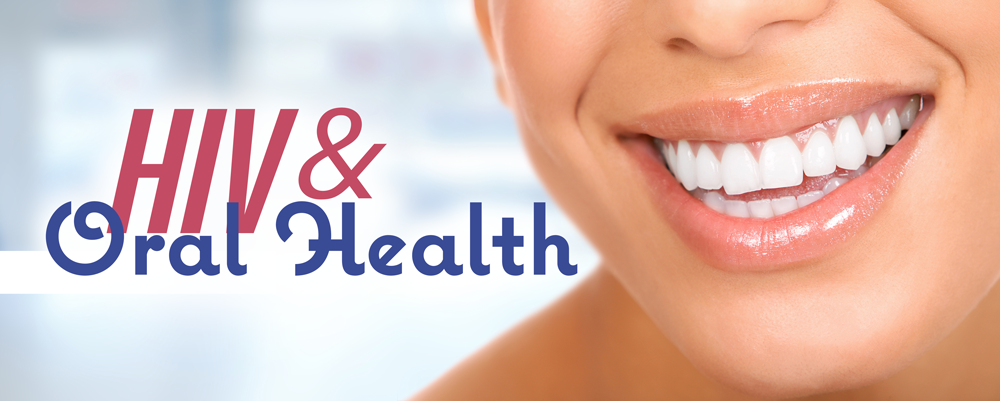
HIV and Oral Health: HPV Updates
By: Mark Schweizer, DDS MPH
Director of Development and Special Projects
Dental Director Southeastern AIDS Training and Education Center
Nova Southeastern University College of Dental Medicine
[email protected]
HPV oral and oropharyngeal cancers are more difficult to detect than
On March 7, 2018 updates to the section on Human Papilloma Disease in the Guidelines for the Prevention and Treatment of Opportunist Infections in HIV-Infected Adults and Adolescents were published. Among the changes are revised information on oropharyngeal warts and
https://aidsinfo.nih.gov/guidelines/html/4/adult-and-adolescent-opportunistic-infection/343/hpv
References:
1. Kreimer AR, Alberg AJ, Daniel R, et al. Oral human papillomavirus infection in adults is associated with sexual behavior and HIV serostatus. J Infect Dis. 2004; 189:686–98. [PubMed]
2. Shiels MS, Cole SR, Kirk GD, Poole C. A meta-analysis of the incidence of non-AIDS cancers in HIV-infected individuals. J Acquir Immune Defic Syndr. 2009;52:611–622
